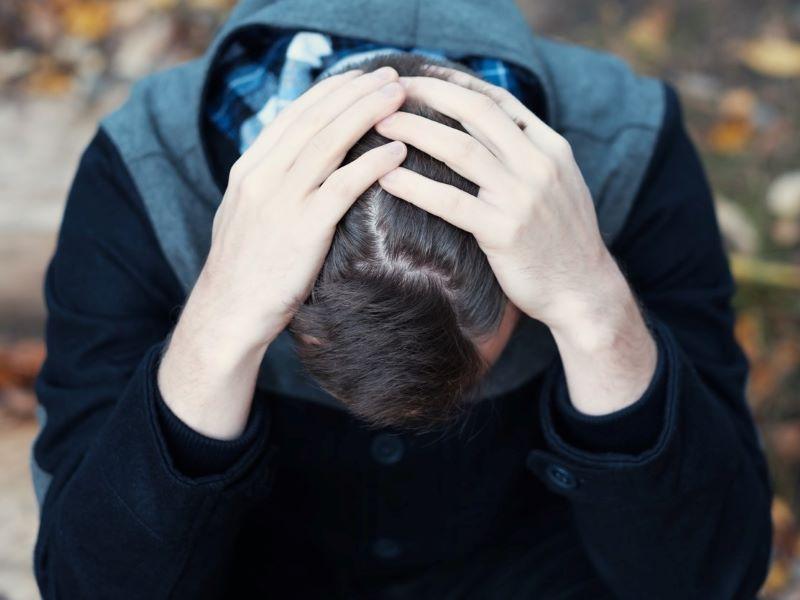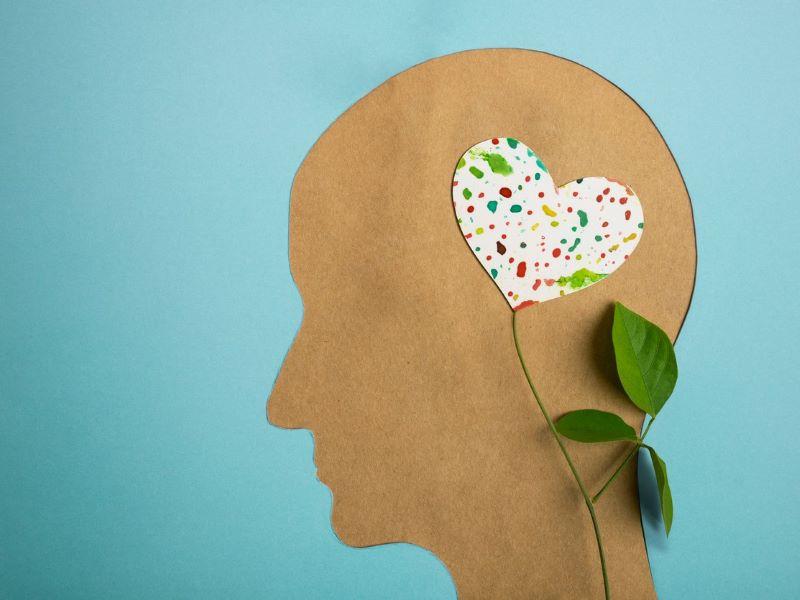
A trauma-sensitive approach to teaching and learning
Provision for student mental health is at a particularly interesting point. Pastoral care has traditionally been seen as separate from pedagogy; recently, however, universities, while heavily investing in the former, have begun promoting integration between the two in the form of “well-being in the curriculum” and trauma-sensitive teaching initiatives.
The role of trauma in student mental health is increasingly recognised; given its ubiquity – worldwide, 90 per cent of us will experience a traumatic event at some point in our lives – the need to adopt trauma-sensitive practices in teaching and learning seems pressing. Yet for some, the very word “trauma” can be frightening or off-putting, incurring feelings of inadequacy or excessive responsibility for teachers.
- Looking after well-being in higher education
- Supporting students with Covid-related anxiety when teaching online
- It’s past time for a serious appraisal of mindfulness education
The framework of trauma-sensitivity is particularly helpful here because it is different from trauma treatment, and in its interpersonal attentiveness builds on expertise that educators will already have.
Here I’ll introduce the basic four ‘R’s of trauma-sensitivity: realising the ubiquity of trauma; recognising symptoms; responding effectively; and preventing retraumatisation.
1. Realising the ubiquity of trauma
At its simplest, trauma is best understood as nervous system dysregulation. The nervous system is adaptive and self-regulating. Trauma, however, is the experience of “too much, too fast, too soon”. While it is experienced by individuals, it’s inherently connected to political and socio-economic systems, and to societal events such as the Covid-19 pandemic. The 90 per cent statistic above demonstrates its omnipresence. Not everyone who experiences a traumatic event will go on to develop post-traumatic stress disorder, but experiences of post-traumatic stress are more widespread than is commonly realised.
In universities, this means that in any one classroom, whether in-person or online, there will be students with histories of trauma. Crucially, note my language of “us” and “our” in that statistic: in any one building, there will be teachers with histories of trauma, too, including some of you reading this. So the first step is “realisation”; awareness of trauma – in others and in yourself – is enough to be useful in itself.
2. Recognising symptoms of traumatic stress
As teachers, you will already be skilled at recognising uncertainty, boredom, frustration, interest and the light bulb moment. A trauma-sensitive approach helps in making sense of responses that are difficult or perplexing, such as when a student becomes shut-down, blank or highly agitated. These are examples of hypoarousal and hyperarousal, in which the nervous system is pushed outside its window of tolerance. In these states, the nervous system has moved into fight, flight or the lesser-known freeze mode.
Familiarise yourself with the basic signs of these. Recognising them as they arise in real time is particularly useful, because while subject matter such as sexual violence may be an obvious potential trigger, and can be thought through in advance, other triggers will be unexpected. For those with a history of trauma, it may not only be educational content, but also experience, that triggers dysregulation: financial insecurity or social exclusion, for example. Finally, remembering the “us” and “our”, it is useful as teachers to recognise your own experiences of nervous system dysregulation – including your reactions to students’ distress.
3. Responding effectively
Social worker and trauma-sensitive mindfulness teacher David Treleaven tells the story of how, in the middle of a meditation retreat, an agitated student said he wanted to run out of the room. To his surprise, the teacher said: “That’s fine! Would you like someone to go with you?” The student left the hall, the teacher calmly carried on teaching, and half an hour later, the student reappeared, having run to the top of the nearest hill and come back. He was astonished, and feeling better, for having been given the choice.
A fundamental principle of trauma-sensitivity is to respect the nervous system. Good practice is to give people choice: this might be built in to course design itself or explicitly verbalised in the classroom. When you see signs of dysregulation, you might give a student a choice as to whether to read on, step outside, finish an exercise now or return to it later; online teaching design might include structuring sessions so that students can have cameras on or off.
Responding sensitively to trauma, in both ubiquity and present-moment occurrence, does not mean that you are responsible for diagnosing or fixing it. It just means tweaking your response from first principles – and, where appropriate, signposting onward to specialist support.
4. Preventing retraumatisation
In January 2022, we launched a Mooc (massive open online course) of trauma-sensitive self-care practices for health and social care workers. This contained a fundamental challenge: with pre-recorded material, we couldn’t respond to live signs of distress other than what might come up on discussion boards. We needed to prevent it where we could: communicating our material with kindness and a sense of common humanity, and being explicit upfront about self-pacing, and the options of stepping away, revisiting later and seeking out further support.
Good nervous system regulation depends on safety and connection. Its health is, therefore, dependent on the systems in which it is placed. In following the principles above, individual teachers can be asked to do only so much: the question for university leaders is how to build real safety and connection into university systems. A traumagenic educational environment is one in which “too much, too fast, too soon” occurs, without containment and attentive attunement built in systemically. In practice, in higher education, this means considering staff well-being as intrinsic to students’ well-being, and it means a systemic, rather than individualistic, operational definition of well-being.
And the benefits are simple but real. What happened with the student who ran out of the meditation retreat? He came back. In being allowed to go, he felt safe enough to return.
Kitty Wheater is the mindfulness chaplain at the University of Edinburgh responsible for the mindfulness programme for staff and students.
If you found this interesting and want advice and insight from academics and university staff delivered directly to your inbox each week, sign up for the THE Campus newsletter.




